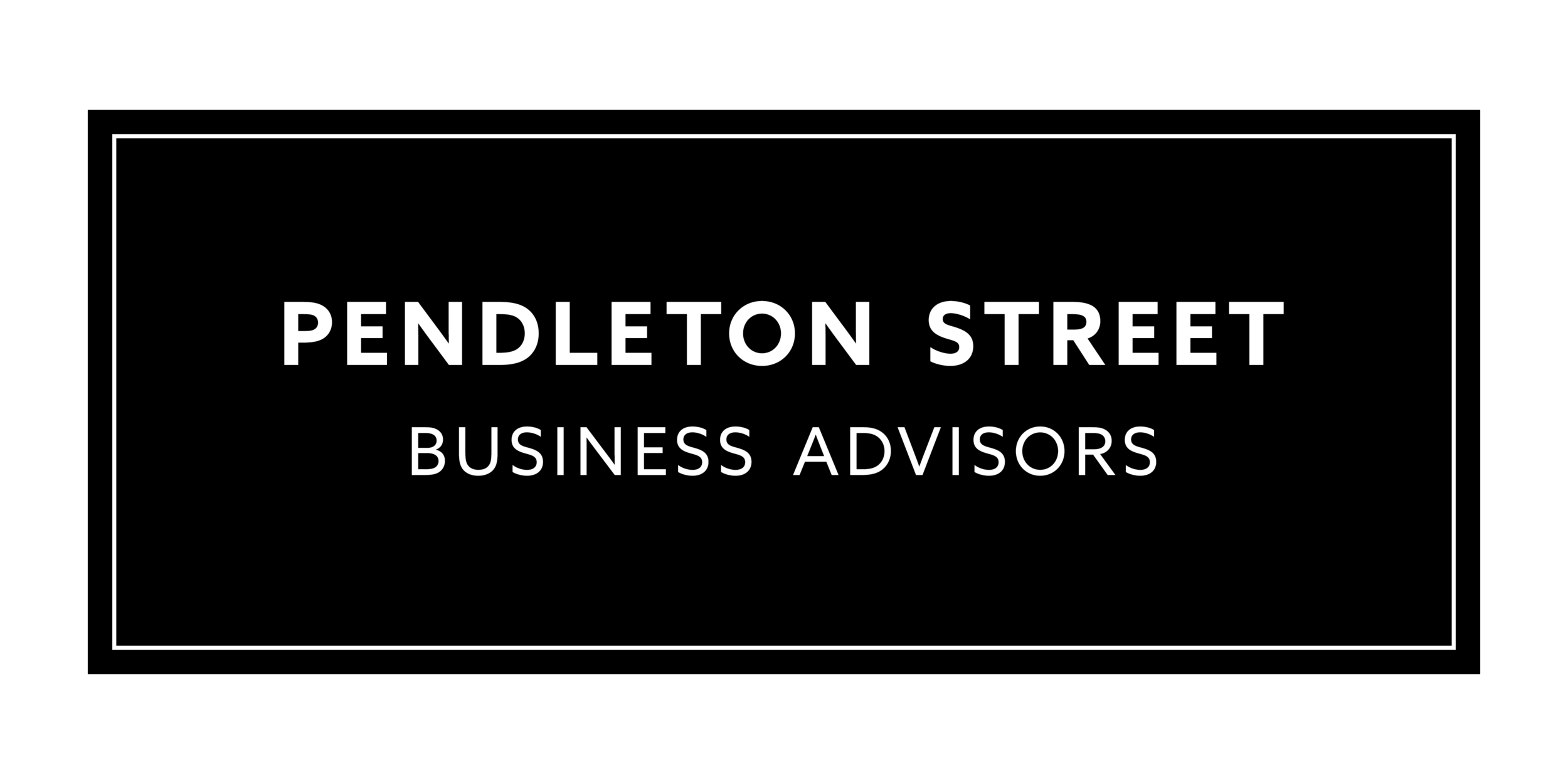Investment Commentaries: Interim First Quarter 2016
Why we are reducing portfolio exposure to US Large Cap stocks
In our most recent commentary, dated April 13th, we discussed our view on the valuation of equity markets in aggregate. Since then, we have observed that the gap between price and valuation has widened for the largest US stocks in aggregate. As a result, we have reduced exposure to large cap stocks in client portfolios by between 2.5% and 6% of total portfolio value.
While a change of that magnitude (less than 7% of a portfolio) may seem insignificant to some, we view it as significant since that percentage of portfolios will remain in cash until the market and/or individual stocks’ prices return to more reasonable levels relative to fundamentals. We have outlined the circumstances surrounding our decision, as well as other important factors, below:
I. Why we are reducing exposure
To recap our discussion from earlier last month, our views on profitability and growth were (and remain) neutral to negative, but we believed the relatively higher market-implied cost of equity (i.e. required rate of return) provided some margin-of-safety to absorb increased uncertainty without causing a significant downturn in market levels. We also discussed what could change our outlook in the short-term: a significant and rapid increase in market levels and/or interest rates, or a spread of declining profit margins into sectors less-dependent on commodities prices.
In evaluating market levels relative to underlying profitability, growth, and cost of capital, we developed and frequently update proprietary models that incorporate macro-economic indicators to establish a fair value range for the S&P 500 index.
Since the end of the quarter, the index has risen significantly above the high-end of the fair value range (see the chart above). Some of the widening gap between price and value has been due to a rising index level, while much is attributable to a decline in the fair value range as the result of falling profitability (i.e. operating earnings) and moderate slowing in our selected measures of economic activity since the beginning of the year.
II. How we are reducing exposure
In portfolios that hold individual stocks, we are eliminating six positions that no longer meet our Focus List purchase criteria. Specifically, all six stocks have PEG (Price to Earnings Growth) ratios that are significantly above our threshold to consider buying them. We believe these holdings will be most sensitive to market adjustments going forward, since much of the growth that could drive increasing value in the future has already been baked into the stocks’ prices today. In portfolios that do not hold individual stocks, we are reducing allocations to actively-managed US large-cap equity mutual funds.
III. Why we are not eliminating exposure to large cap stocks all-together
We are confident in our analysis of the overall market, but there are many reasons not to completely sell out of all large cap stock positions. Countless studies and our own experience show us that maintaining allocations to large cap stocks increases return and reduces overall portfolio risk in the long-term. Additionally, we see that certain areas, not the entirety, of the market are over-priced relative to underlying valuations. We cannot and will not attempt to time the market, but we can use the tools we have developed to, in this case, protect portfolios from volatility and downside risk in the short-term by reducing exposure to those areas.
IV. When we will re-invest the proceeds
As a result of these sales, we will have more cash available to take advantage of opportunities within the market for large cap stocks, as they arise. We assess market conditions and seek out opportunities across markets on an on-going basis. As either a) market conditions change or b) we find additional stocks that meet our Focus List purchase criteria, we will reinvest cash raised by these sales.
We appreciate the opportunity to serve you, and do not take lightly the trust you place in us as advisors. Please let us know if you have any questions or concerns related to what we have outlined above. We look forward to speaking with you soon, and will update you on any developments in our views as they occur.
Matt A. Morley, CVA
Chief Investment Officer



